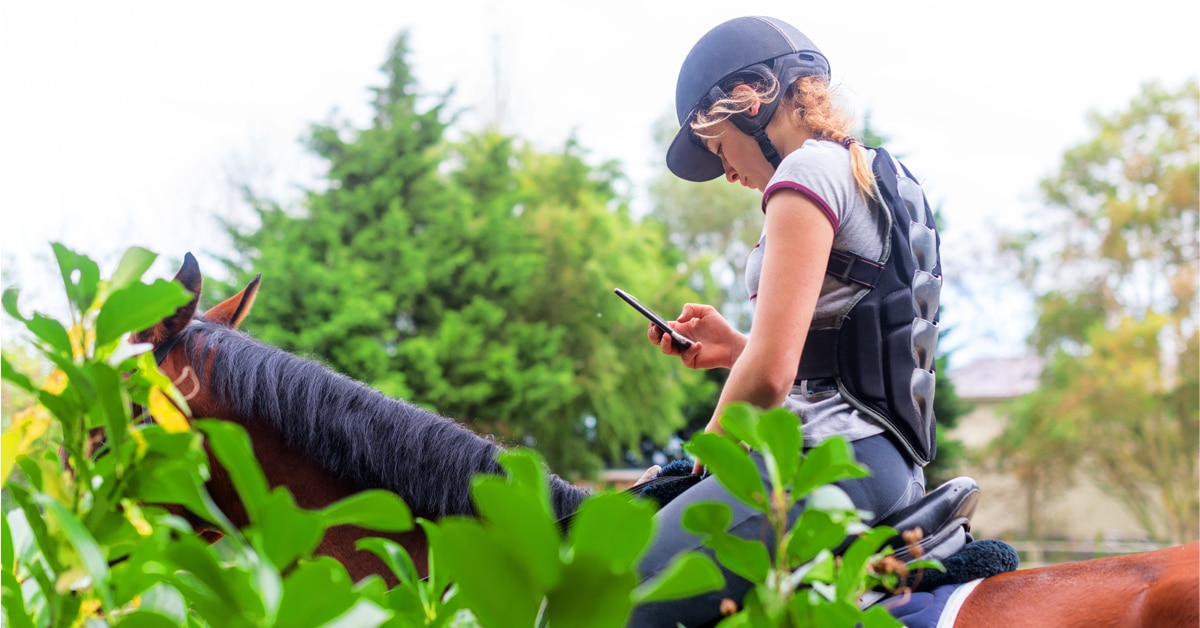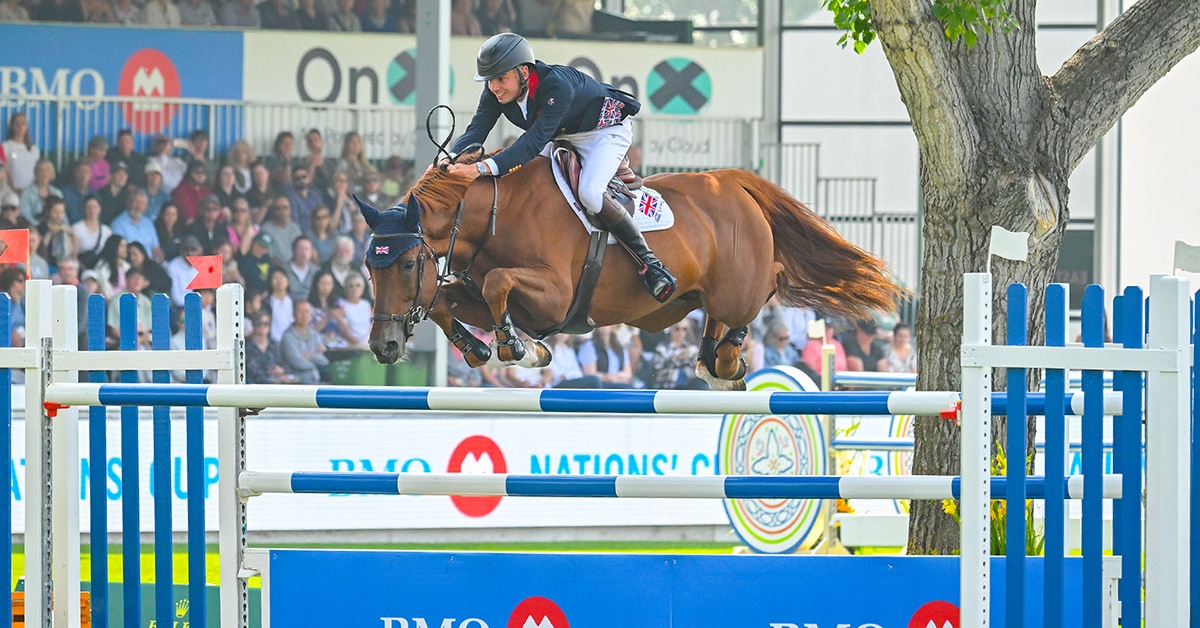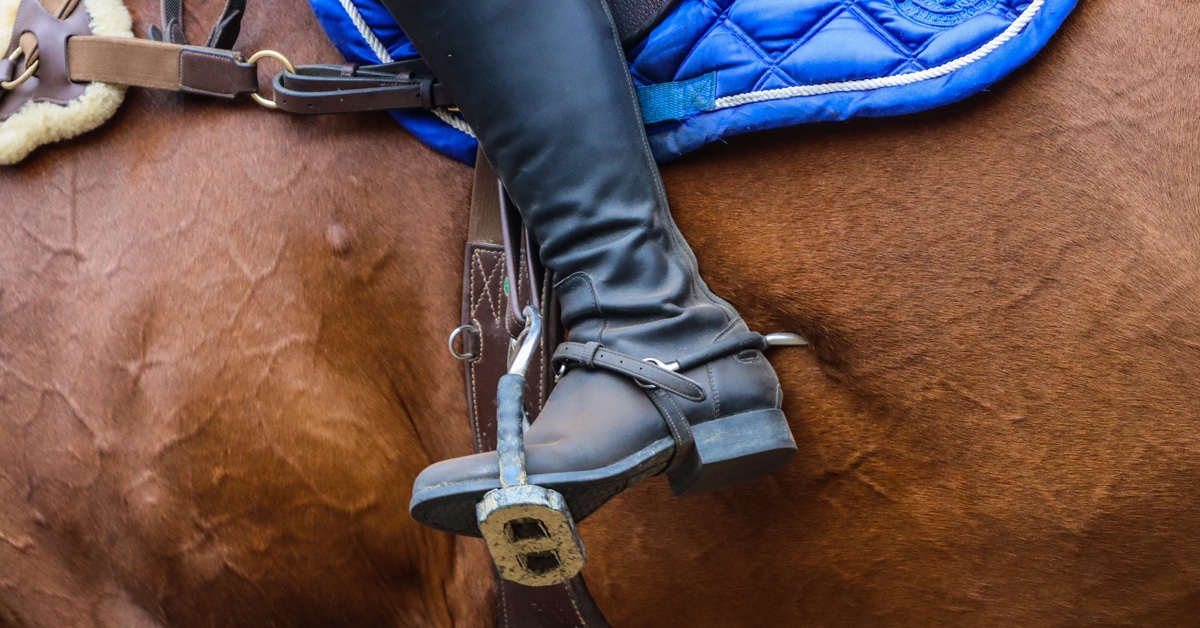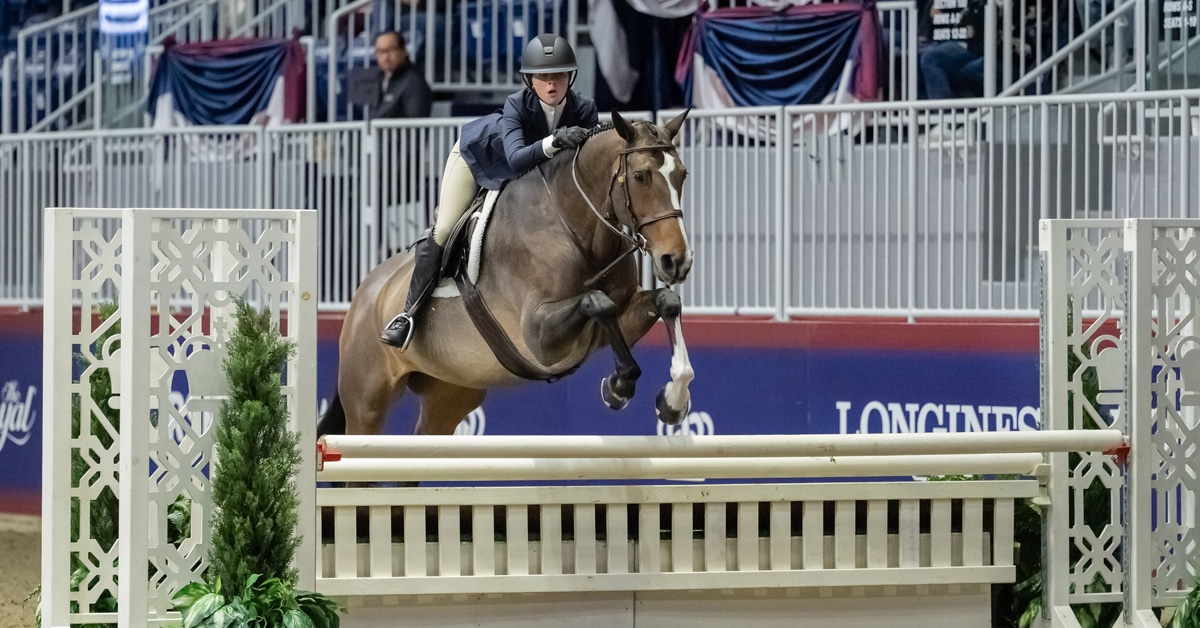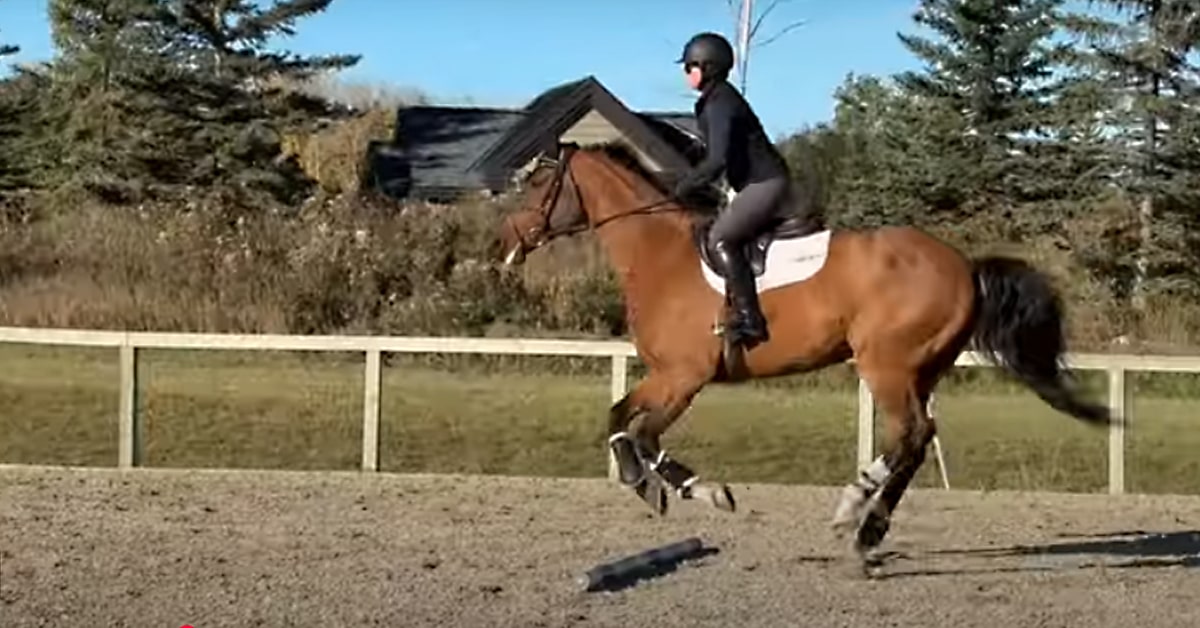Ryan Roy has decades of experience competing and coaching in hunter, jumper and equitation rings in North America, and is a Senior Equestrian Canada judge (and a professional polo player!). She and her father, Randy Roy, an iconic hunter judge himself, operate Hunters Glen Farm in Schomberg where they specialize in training, showing and selling high-quality hunters and jumpers.
What do you look for when a horse first enters the ring?
First and foremost, I want to see that the horse is well-conditioned and turned out, and the rider is also turned out well, neat and tidy. I don’t like to form too many opinions when they first walk in; I like to wait until the horse jumps the first jump before I start to judge them. Maybe a horse trots great, but doesn’t jump the first jump well. I don’t put too much emphasis on when they come in, I wait until they get going around the course.
What are the most common errors you see in the hunter ring?
Often riders come into the ring too slowly and don’t get the right canter going right away, so the first couple of jumps aren’t where they want them to be. If the horse is behind your leg, you’re in the 70s.
On the other hand, a lot of people rush too much. There is no time limit in hunter ring; you have all the time you need to do a course well. If you rush, the horse may act up a bit, or rush into the canter. It’s nice to give the horse a moment or two to settle. Make sure you are completely prepared. The first jump sets the tone for the rest of the course. If you have a great first jump, you are right up there.
How much do certain errors cost you?
A stop is an automatic 40. A rail is between 45 and 48. Depending on the class, such as derby classes and tie-breakers, if you break to trot during course, it’s a 55.
I judge professional classes a lot harder than I do kids and adult amateurs. If your horse swaps its lead before a fence, a pro will be in the low 70s; with kids or adult amateurs, I’m more lenient and will score maybe in the high 70s.
The biggest mistake for me ‒ and it’s foremost about safety ‒ is if a horse or pony leaves out strides. Then it’s a 59 or 60. Any time there’s a scary jump that causes me to jump out of my seat, it is going to be in the 50s. A missed lead or a stiff change will be mid-60s. If you miss a distance it also depends on division, but it will be high 60s or low 70s.
How do you break a tie?
It comes down to which horse I would rather ride. Many times, there are two rounds that are equally as good, but it’s about the horse: I like a horse that needs a lot of leg so that you can press them off the ground to get the best jumps. I like horses with a big stride and lots of scope. For me, the more scope, the easier they are and the better they jump.
The most important thing to remember is we judges are rooting for everyone who comes in the ring and we want everyone to do well.
How can you best ride a hunter under saddle class?
If the under saddle goes after jumping, I watch all the horses come in the ring. They have to trot for soundness and I will make a side note on the card if a horse is a good mover. If I haven’t seen them jump, I try to get an order before the class even starts – my advice is, get in the ring and trot past the judge! I want to find the eight best movers as soon as I can and I will try to have another four or five that move well as backup if something doesn’t go well with the initial eight. I don’t want to be scrambling to find an order when they are cantering the second direction; I want to have a solid foundation of order before the class starts.
The most important thing to remember is we judges are rooting for everyone who comes in the ring and we want everyone to do well. You are starting with 100, a perfect score, and it doesn’t matter what colour your pony is if it’s good jumping and good-moving. I judge the quality, not the colour, and there’s definitely a myth about colour that people don’t understand.
What is your advice for equitation and medal trips?
First and foremost, it’s about riding. When a rider is coming in the ring, I look for position and a good foundation. The first thing you have to do is find the jump and I see kids perched up there worried about their position. You need a solid foundation. Work on riding your numbers, finding your jump, then the position will follow.
With equitation, it’s not necessary, but come in and have a nice circle then go to the first jump if it is going away from home. Inside turns aren’t necessarily the best thing to do. If it’s choppy, you’ll lose points over someone that is smooth and going around. It’s the same in derby ‒ sometimes people do crazy inside turns.
What is one thing that you wish trainers paid more attention to when setting up a horse/rider combination for the show ring?
It’s suitability. I see way too many times that unsuitable horses are with kids not ready for them, and the horses are not properly trained. Green horses and green riders don’t work. I see this often at lower-level horse shows and it upsets me to see a kid on a horse that’s way more than they can handle. The horse will stop at a jump, spook, buck … at end of the course everyone is clapping and cheering like it’s a great achievement and saying “oh, at least they made it around.” That’s wrong, aspiring to make it around the course, not aspiring to ride better horses. It’s not so much at the higher levels, but at the lower levels, it’s a big problem. Often, I’ve had to jump out of the booth and stop a round. This is a dangerous sport. If it scares me, it should scare a trainer.
Do all judges judge the same?
Not all judges judge the same, although we try to. The most important thing is to judge with good people. I have progressed in my career by learning from experienced top-level judges. We may look at things in different ways, but the outcome is the same. Where I’d give 85, someone else may give an 87. I like watching the rounds and seeing how experienced judges score. That’s the only way to evolve in this sport. I learn something every day in the judge’s booth, and it’s given me a different perspective as a rider and trainer, too.
This is a dangerous sport. If it scares me, it should scare a trainer.
The biggest thing for me, as a judge, is that the very good classes are so easy, and the bad classes are so difficult. If you have six horses that are all fabulous and score 85 to 96, it’s 10 times easier than 50 horses where the highest score is 65.
It’s not easy in the judge’s booth. You have to be versatile. It’s always challenging, and sometimes you miss things because you had your head down. Everyone has to have our equal and undivided attention, and even if you start at 7 a.m. and end at 6 p.m., you still have to give 100 per cent.
The Latest
